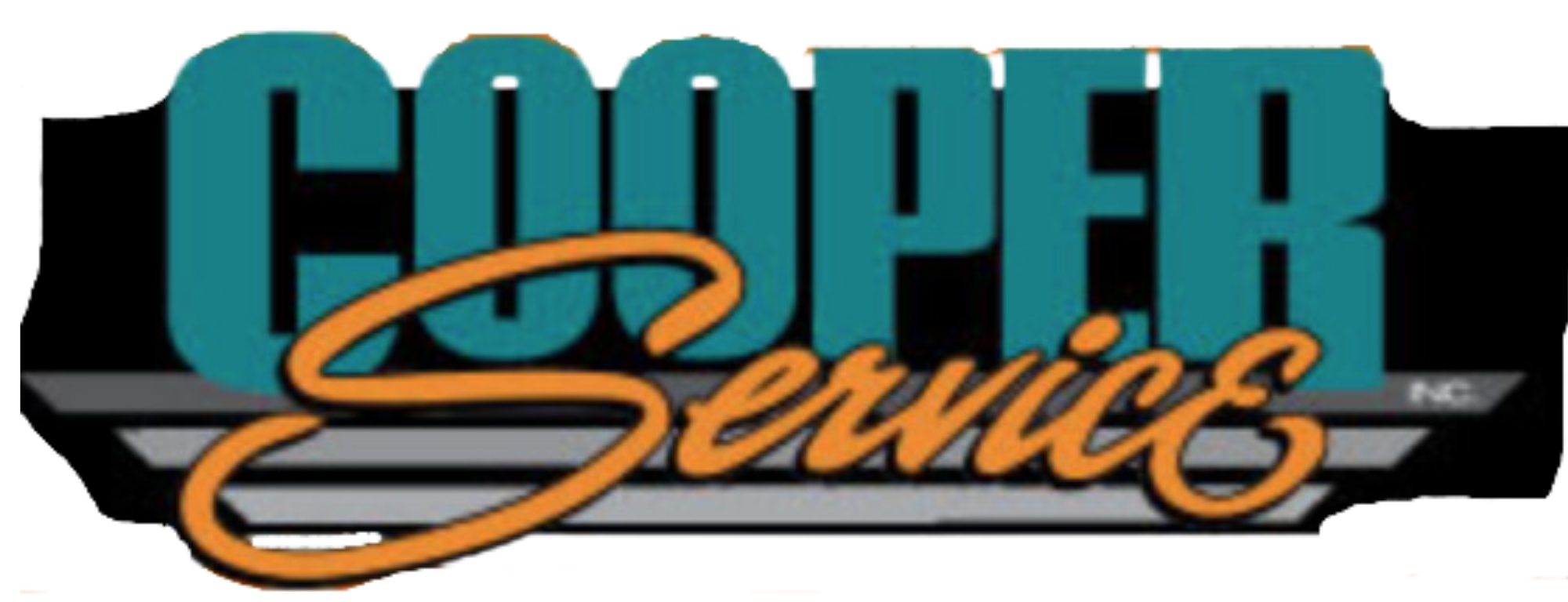Front and rear alignments are a vital part of auto repair and maintaining a vehicle’s efficiency while driving. Bad road conditions, such as potholes, bumps, rocks, and poorly paved roads are the major cause of alignment problems. Car and truck owners should have their alignment checked every few months by a professional to ensure nothing has been knocked out of place. For diesel truck owners, Cooper services inc. located in Orland Park, Illinois, is a great place to have front and rear alignment done. A good front and rear alignment should include all four wheels in a straight pattern and parallel to one another. The wheels should be equal to the road surface and in line with each wheel axel. Having front and rear alignment is vital to your vehicle, because it reduces wear and tear on your tires, and enhances traction while you are driving. When your wheel alignment is out of place, it can cause major problems by creating a pulling motion on the tires that will eventually wear the tires thin.
In an article by Larry Carley (2006), he talks about three different types of front and rear alignments. The toe alignment is considered to be the most important type of alignment because it’s impact on tire wear is the most profound if it is out of place. Good toe alignment requires that front wheels be straight ahead and always have their leading edges in line with their trailing edges. Since toe alignment is measured by Cooper Services Inc. professionals in millimeters or inches, truck owners can quickly indicate, if their vehicle has toe alignment problems. If your vehicle has loose tire rods or just aging tire rods they should be replaced. Having bad tire rods can affect toe alignment dramatically. Misalignment in the rear tow can also create problems for drivers. Front and back tires will undergo tremendous strain, when the rear two is out, and truck drivers may not notice this, if their vehicle begins to pull to one side, while they are on the road. Always have your front and rear alignment checked on a regular maintenance basis and more often if you drive over poor road surfaces that can cause wheel alignment problems.
Camber alignment is another type of wheel alignment. In basic terms, camber refers to the tilt of the wheels whether you are looking at them from the front or the back. Measured in degrees, camber alignment is the negative or positive tilt of your vehicle’s wheels. Negative refers to inward tilt and positive refers to outward tilt. Good alignment, better-known ad “zero camber” means your tires are perpendicular to the road surface you are driving upon. However, every road has its bumps and thumps, and this can create caber alignment problems. Over time, your vehicle’s suspension is hampered with the more bumps you hit, and this can affect the shape of the control arms and struts leading to camber alignment problems. When your camber alignment is out, it usually affects one tire; causing it to wear unevenly and making the vehicle pull to one side toward the highest level of camber. Camber alignment does refer to both front and rear wheel alignments. Vehicle parts like bent spindles, struts, arms, and busted springs should always be replaced, and individuals should have their camber alignment checked, when these parts are replaced.
Caster alignment applies to front wheel alignment and is the positive or negative tilt of the steering axis by viewing the vehicle from a side angle. This alignment is measured in degrees and has its most profound effect on a driver’s ability to steer correctly, instead of tire wear. Truck drivers should always consult a professional, such as Cooper Services Inc. which specializes in diesel repair, when you feel you may be having problems with front and rear wheel alignments.
Another important element worth mentioning is that all vehicles should be 4-wheel aligned and not 2-wheel aligned. Two-wheel alignments only focus on the front wheels in correlation to the vehicle’s centerline. Two-wheel alignments may be less expensive, but the individuals performing this type of alignment assume that the rear wheels are in perfect harmony with the vehicle’s centerline, which is most often not the case. So spend the extra money and ensure that you always get a 4-wheel alignment done.
Technology with front and rear alignment has come a long way, and the Hunter 4-wheel computerized system is a good example of a quality alignment method. This computerized system picks up wheel alignment problems and enables Cooper Service Inc. professionals to accurately correct any front or rear misalignments on all types and models of diesel trucks. Using this computerized system allows trucks to gain better gas mileage, reduced tired wear, and better handling when it comes to steering. This leads to safer driving conditions for the driver and for other vehicles on the road. Cooper Service Inc. specializes in automotive and diesel applications. This family-owned business has been around for 52 years and strives for complete customer satisfaction on cars, light trucks, and heavy-duty vehicles. For quality service and a family-oriented atmosphere, bring your car or truck to Cooper Service Inc.
